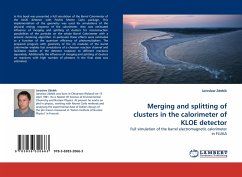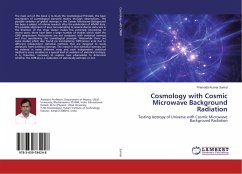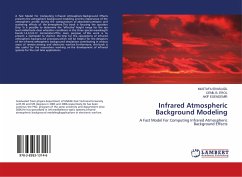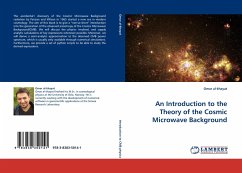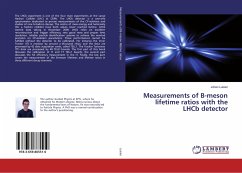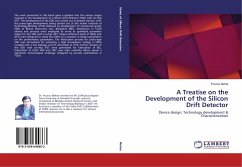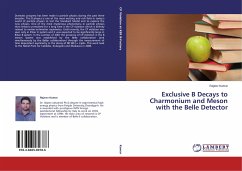
The Limiting Background in a Detector Testing Facility for SuperCDMS
A Monte Carlo Approach
Versandkostenfrei!
Versandfertig in 6-10 Tagen
32,99 €
inkl. MwSt.

PAYBACK Punkte
16 °P sammeln!
Over the last few decades, numerous experiments have been operated to search for dark matter, the mysterious component of the universe. The dark matter is unseen and only known by its gravitational effect, but it greatly outnumbers the normal matter concluded from a wide variety of evidence. Since the dark matter only interacts weakly with normal substance, the experiment to search for it is preferred to be located deeply underground and surrounded by layers of shielding materials, which is to diminish the influence of background radiations. One has to have a quantitative idea of the radiation...
Over the last few decades, numerous experiments have been operated to search for dark matter, the mysterious component of the universe. The dark matter is unseen and only known by its gravitational effect, but it greatly outnumbers the normal matter concluded from a wide variety of evidence. Since the dark matter only interacts weakly with normal substance, the experiment to search for it is preferred to be located deeply underground and surrounded by layers of shielding materials, which is to diminish the influence of background radiations. One has to have a quantitative idea of the radiation level and the effectiveness of the proposed shielding strategy in order to operate an experiment with a desired sensitivity. This work is to list the background radiations presented at SNOLAB and to examine the water tank shield of the detector testing facility for SuperCDMS experiment by means of Monte Carlo simulation. It is found that the goal of 1 neutron/day and 1Hz of gammas for external sources can be achieved. This book can be a reference for applications of rare event search experiments or any other fields with strict background radiation limitations.



